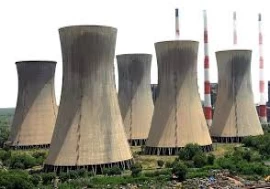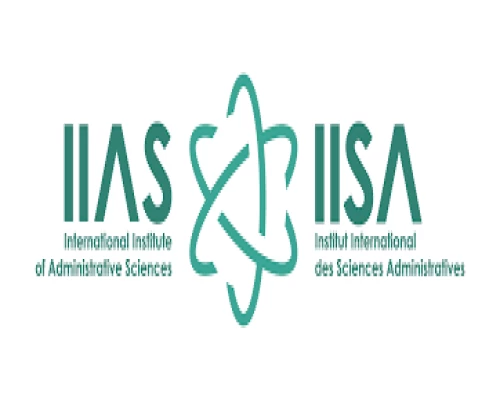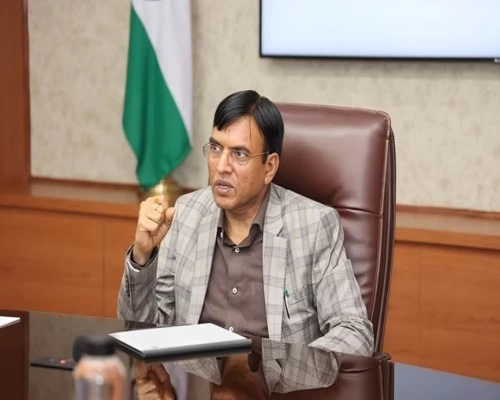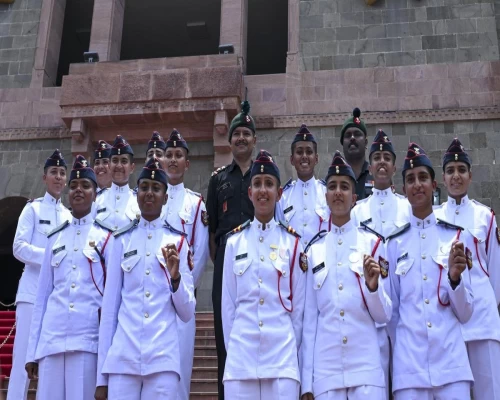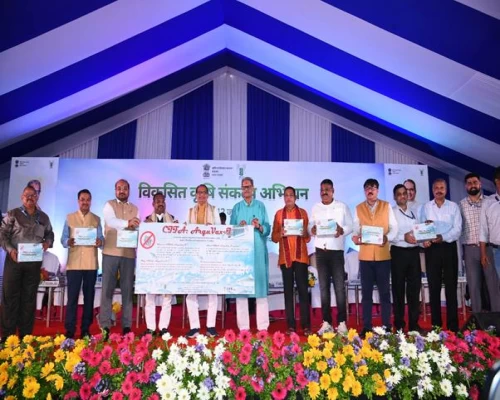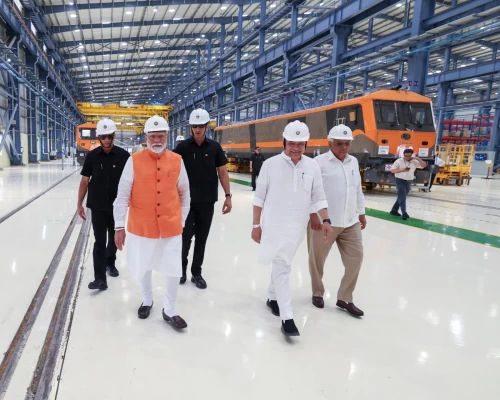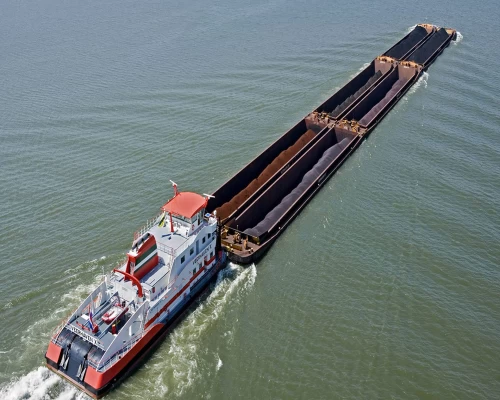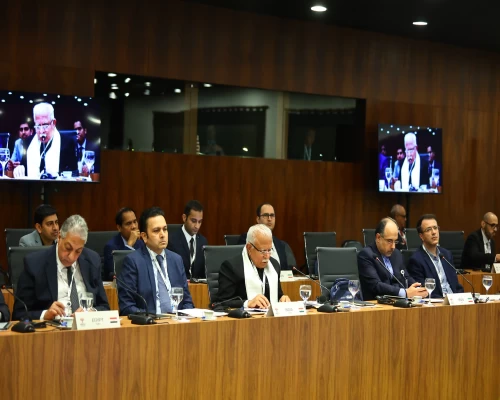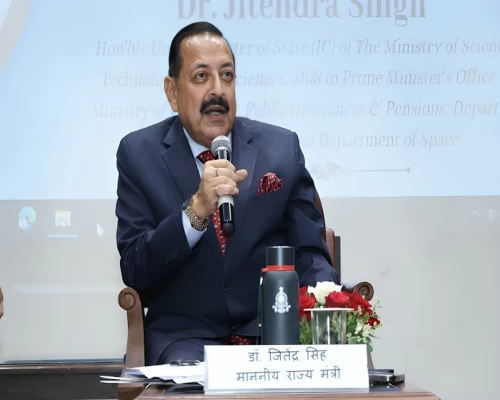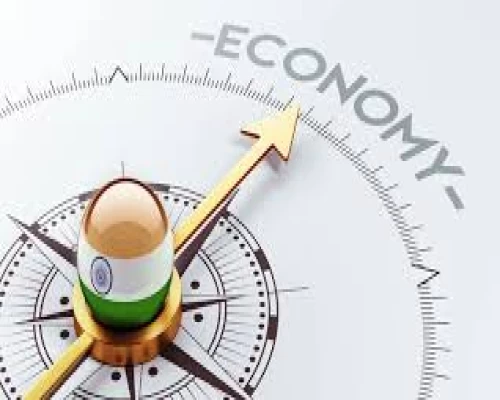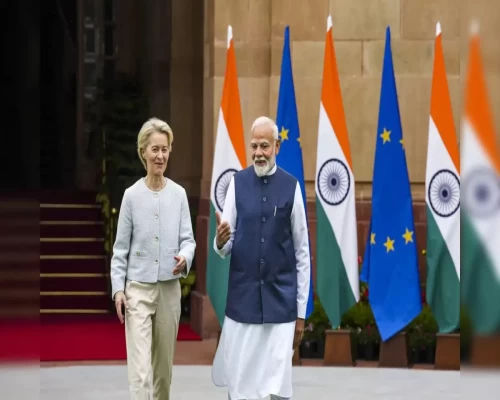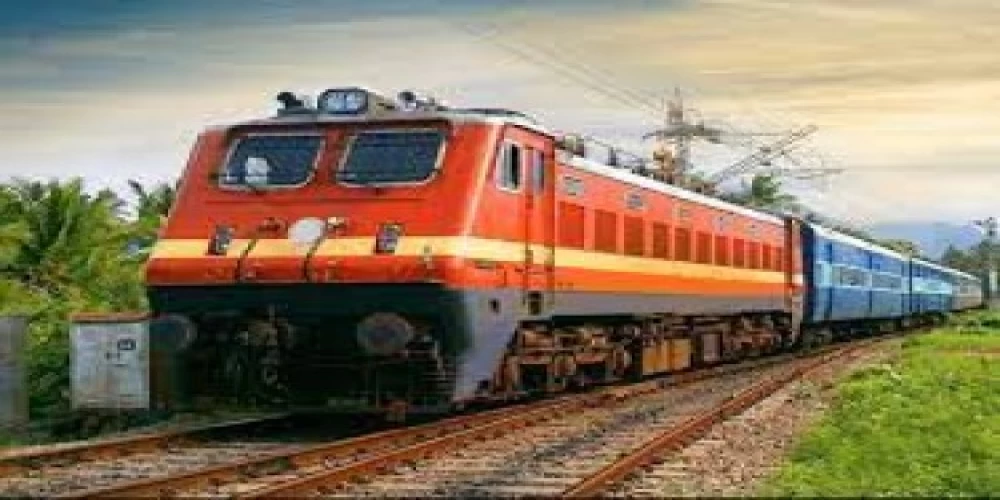
New Delhi: In a significant milestone towards becoming Net Zero Carbon Emitter by 2030 by the Indian Railway, the Central Railway has achieved 100% Railway Electrification on all Broad Gauge routes (3825 kilometres). The last non-electrified section of Central Railway i.e. Ausa Road- Latur Road (52 RKM) on Solapur Division was electrified on February 23, 2023. This will help CR save 5.204 lakh tonnes of carbon footprint annually. Prime Minister Narendra Modi rightly termed this as an “outstanding feat”.
Indian Railway is working in mission mode to become the largest Green Railway in the world and is moving towards becoming a “net zero carbon emitter” before 2030.
According to a note by CPRO, “Central Railway now fully electrified on all Broad Gauge routes has helped in reducing carbon footprints of 5.204 lakh tons every year and also saves Rs. 1670 crores annually. The Pace of Railway Electrification, which is environment friendly and reduces pollution, has increased at 9X speed since 2014. Railways has planned electrification of Broad Gauge routes, which will facilitate elimination of diesel traction resulting in significant reduction in its carbon footprint and environmental pollution.”
India has made rapid strides since its first electrification initiative in 1925, and this has seen tremendous momentum since 2014.
The first electric train ran in India between the then Bombay Victoria Terminus (now Chhatrapati Shivaji Maharaj Terminus) and Kurla on Harbour line on February 3, 1925. The section was electrified on 1500 Volt DC. The conversion of DC traction on Mumbai Division of Central Railway to AC traction began in 2001 and progressively, without significant disturbance to the lifeline of the nation, i.e. suburban services, was completed in 2016. It has overcome the challenges of conversion of DC-AC Traction, Ghat sections, etc. over the years.
Central Railway is strategically located at the middle part of India and it connects most of the Indian cities and other locations with the major cities in its jurisdiction like Mumbai, Nagpur, Pune, Nasik, Solapur, Kolhapur etc The Punjab Mail Express, Howrah Mail , CSMT-H.Nizamuddin Rajdhani Exp, Deccan Queen, Vande Bharat, Tejas Express, Konkan Kanya Exp, Pushpak Express, Mahanagari Express, Udyan Express, Shatabdi Express, Hussain Sagar Express, Siddeshwar Express etc are the major prestigious trains run over Central Railway network. CR also runs suburban local trains i.e. the lifeline of Mumbai on electric traction.
The CPRO note quoted Naresh Lalwani, General Manager, Central Railway as saying that “Railway is guided by a historical vision of being an environment friendly, efficient, cost effective, punctual and a modern carrier of passengers as well as the freight in order to serve the growing needs of New India. This will also significantly reduce the fuel bill and earn carbon footprints”.
Electrification offers advantages like:
* Environmental-friendly mode of transport
* Reduced dependence on imported diesel fuel, thereby saving precious foreign currency and reduced carbon footprints
* Reduced operating cost
* Haulage of heavier freight trains and longer passenger trains with high haulage capacity of Electric Locomotives leading to increased throughput
* Increased sectional capacity by eliminating detention on account of traction change
Inputs from CPRO note.


